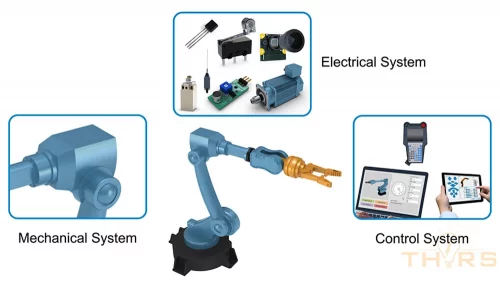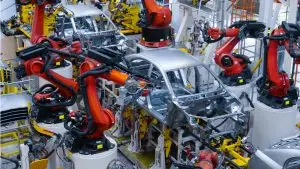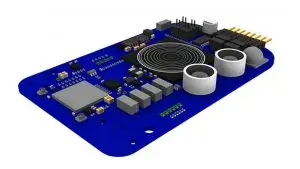Course Description
The advancements in the field of robotics have enhanced the working conditions for humans and increased productivity in the manufacturing, military, and service industries. Explore the world of robotics through the THORS Robotics Fundamentals Course. The course introduces the learners to the structure, the design, the components, and the classification of robots, in addition to providing a comprehensive understanding of industrial robots and robotic technology.
Who will benefit from this Robotics Fundamentals course?
Quality, manufacturing, engineering, designing, purchasing, and sales functions at organizations that require a basic understanding of robots.
Course Classification
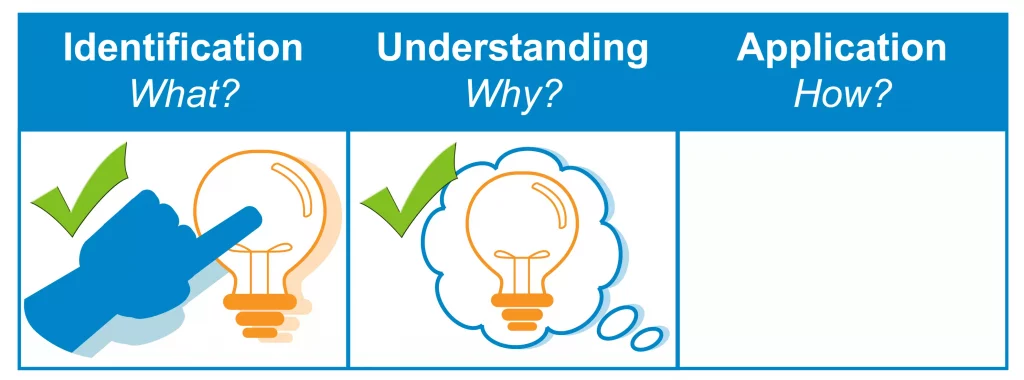
*THORS uses the Bloom’s Taxonomy Methodology for our course development.
Certificate Awarded for Robotics Fundamentals
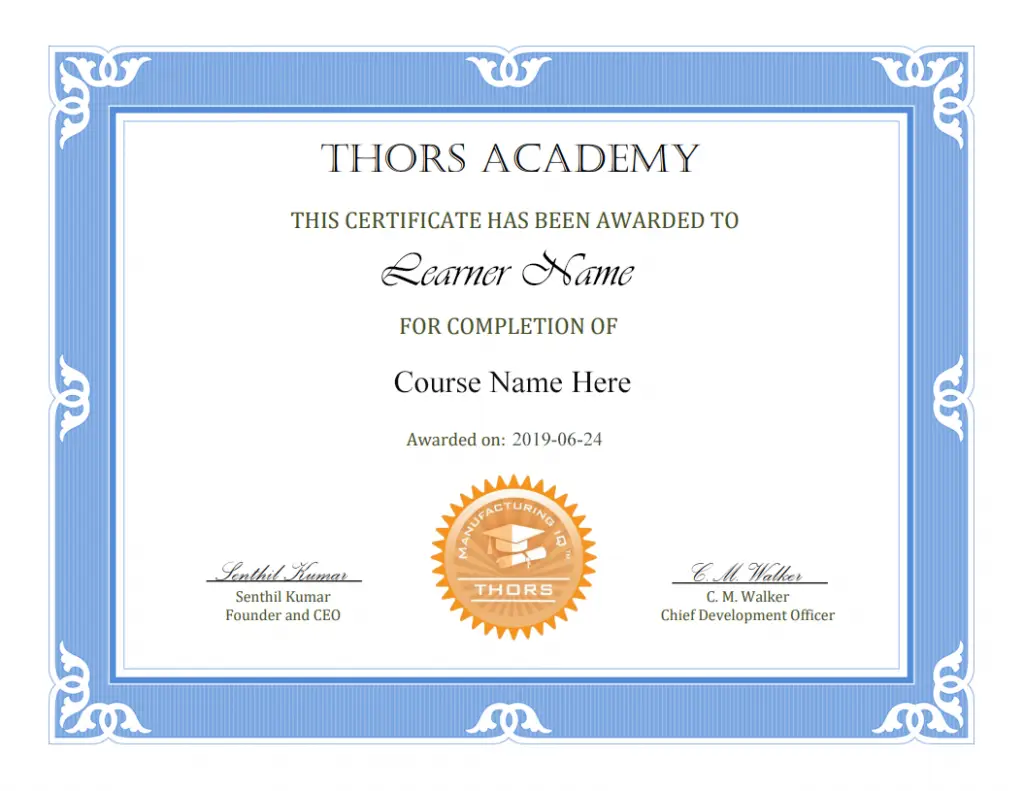
*upon successful completion
Related Posts
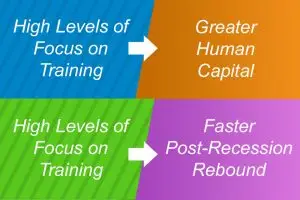
Training Perspective: Looking Back to Look Ahead
Companies are constantly reviewing ways to reduce costs and keep positive margins. During times of economic recession, external pressures from competitors as well as internal pressures

Upskilling in the Manufacturing Industry with THORS
In today’s rapidly evolving manufacturing industry, staying up to date with the latest technologies and processes is crucial to remaining competitive. Upskilling in the manufacturing industry
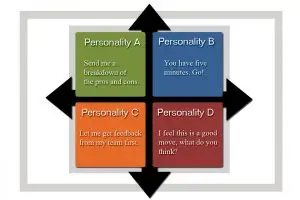
Knowing Customer’s Personality Style Adds Value
Maybe you think the value is obvious. If you can speak the same “language” as the person you are talking with, you can build trust


